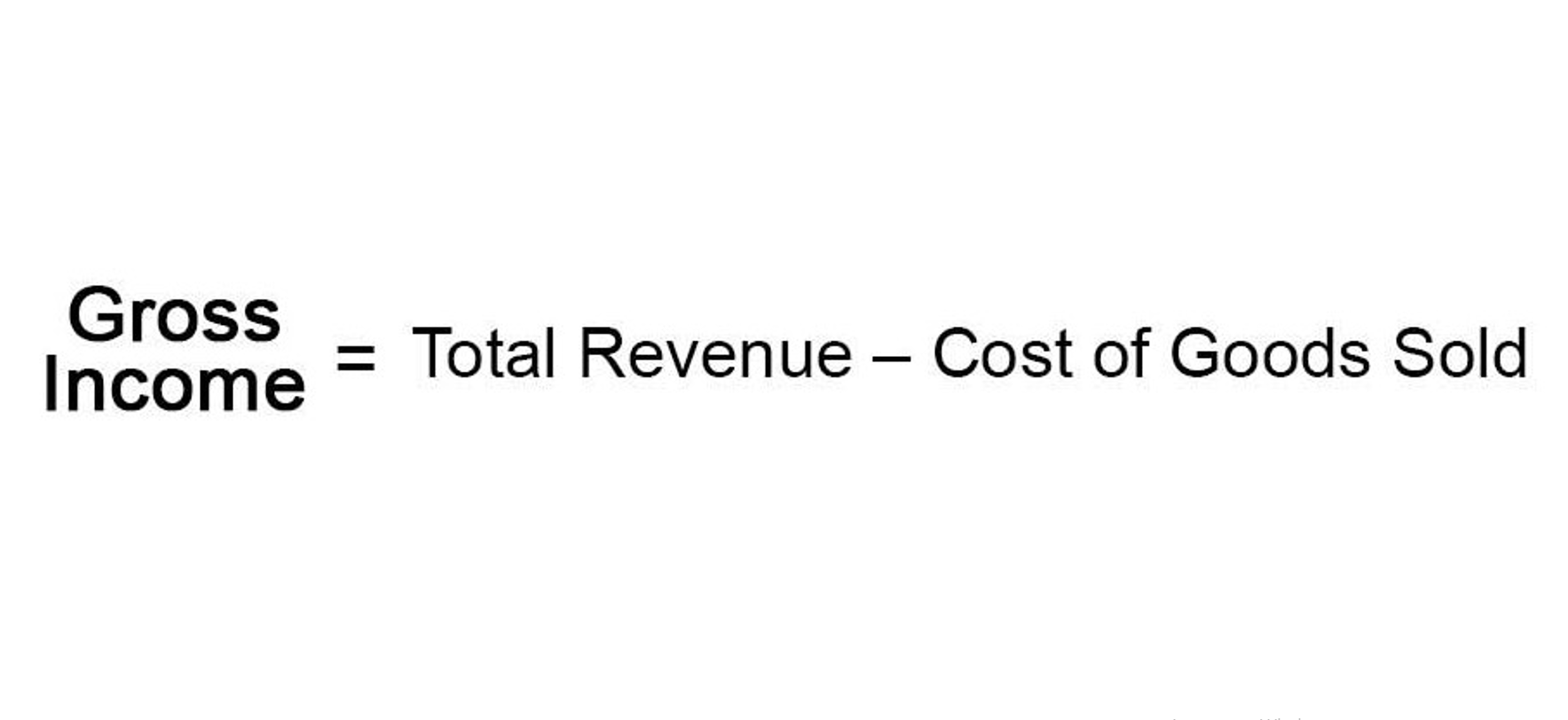
Another critical aspect of joint venture accounting is the allocation of costs and revenues among the partners. This allocation is usually governed by the joint operating agreement (JOA), which outlines each partner’s share of costs and production. The JOA specifies how costs are to be divided, whether based on ownership percentages, capital contributions, or other agreed-upon metrics.
Machinery and equipment
According to a paper by Rommert Dekker, in the early 1960s, researchers focused heavily on maintenance optimization by concentrating on design and execution. PwC US Energy practice provides audit and assurance, tax, advisory, and consulting services to help energy businesses address key issues. IFS Merrick – eVIN provides data entry, industry measurement calculations, and other data processing, as well as data verification and validation from all entry sources. Tried and true for over 20 years in handling field data capture needs both offshore and onshore.
Oil and Gas Accounting: Key Principles and Practices
Initially, the oil company, often referred to as the contractor, bears all exploration and development costs. These costs are recoverable from the production, known as “cost oil,” once commercial production begins. The remaining production, termed “profit oil,” is then split between the state and the contractor according to a pre-agreed formula. This split can vary significantly depending on the terms negotiated and the level of production achieved. Explore essential principles and practices in oil and gas accounting, from revenue recognition to asset impairment and taxation.

IFS announces winners of the Partner of the Year Awards
For purposes of this tutorial, we’re going to focus on Upstream, or E&P (Exploration & Production) companies because those are the most “different” from normal companies – and they’re the most common topic in interviews. Out of all the industry-specific courses I’ve released, Oil & Gas Financial Modeling has drawn the most interest.
- To get a real world example of this NAV model, click here to view a sample video on how to set up the revenue side in a NAV analysis for XTO Energy.
- The JOA specifies how costs are to be divided, whether based on ownership percentages, capital contributions, or other agreed-upon metrics.
- Stakeholders rely on financial statements to assess the financial health of oil and gas companies.
- Conversely, if the sale occurs at a processing facility, revenue is recognized once the product has been processed and delivered to the buyer.
- It ensures that financial information is accurate, transparent, and aligned with industry standards, contributing to the overall integrity and sustainability of the oil and gas sector.
Energy: Delivering value up and down stream
Deloitte refers to one or more of Deloitte Touche Tohmatsu Limited, a UK private company limited by guarantee (“DTTL”), its network of member firms, and their related entities. In the United States, Deloitte refers to one or more of the US member firms of DTTL, their related entities that operate using the “Deloitte” name in the United States and their respective affiliates. Certain services may not be available to attest clients under the rules and regulations of public accounting. Computer equipment used in collateral or administrative functions (such as computer equipment linked to production equipment that merely functions to collect data for administrative use) does not qualify for the exemption.
Classified Income Statements: Components, Analysis, and Impact

You do still see DCFs sometimes, but they are more common for midstream, downstream, and oilfield services companies. The good news is that most of the same valuation methodologies you’re used to seeing – public comps, precedent transactions, and even the DCF model – still apply to (most) oil, gas & mining companies. The good news is that while bank and insurance modeling is almost a different game entirely, oil & gas modeling is more like a variation on a game you’re already familiar with. On May 28, 2014, the FASB and IASB issued their final standard on revenue from contracts with customers.
Seven key aspects of oil and gas accounting include:
Over time, the liability is accreted, or increased, to reflect the passage of time, while the capitalized cost is depreciated over the useful life of the asset. One downside of the full cost method is that you need to test the PP&E balance every so often and apply write-downs if the book value gets out of line with the market value – so write-down and impairment charges are common on full cost companies’ https://www.bookstime.com/ income statements. You see such high percentages because of the sky-high depreciation, depletion & amortization (DD&A) numbers for oil & gas companies and because many companies record them differently for book and tax purposes. When you project a natural resource company’s statements, you begin by projecting its production by segment based on its reserves and its historical patterns.
- On May 28, 2014, the FASB and IASB issued their final standard on revenue from contracts with customers.
- The terms of the contract will dictate the specific point of transfer, which in turn determines when revenue can be recognized.
- For instance, in a wellhead sale, revenue is typically recognized when the oil or gas is extracted and sold directly at the site.
- One of the primary concepts is the distinction between upstream, midstream, and downstream activities.
- This estimation is crucial as it directly impacts the rate at which costs are allocated over the productive life of the asset.
- According to a paper by Rommert Dekker, in the early 1960s, researchers focused heavily on maintenance optimization by concentrating on design and execution.
- Over time, the liability is accreted, or increased, to reflect the passage of time, while the capitalized cost is depreciated over the useful life of the asset.
- That “dry hole expense” I mentioned above is another name for unsuccessful exploration, and some companies actually add it back on their cash flow statements (long story, but essentially they are using a mix of both standards).
- You measure the company’s reserves (how much they have on their balance sheet, ready to extract, produce, and sell) and production (how much they produce and sell each day, month, quarter, year, etc.) in these units.
- Luckily, the industry is doing a great job of utilizing technology to eliminate tedious, non-value-added tasks.
- This estimation process involves significant judgment and can impact the timing and amount of revenue recognized.
- The financial results of a manufacturing company are impacted by depreciation expense for plant, property, and equipment.
- Given the sector’s complexity, accurate accounting is crucial for compliance, investment decisions, and operational efficiency.
Oil and gas accounting is fundamental to the industry’s efficient operation, regulatory compliance, and strategic decision-making. It ensures that financial information is accurate, transparent, and aligned with industry standards, contributing to the overall integrity and sustainability of the oil and gas sector. Adherence to accounting standards and compliance with regulations is essential to avoid legal issues, ensure regulatory compliance, and maintain industry integrity.
For accounting in the oil and gas industry, best practices are ever-evolving due to technological advancements, macroeconomic conditions, and the continual need to reduce general and administrative (G&A) costs. Impairment of oil and gas assets is a critical accounting consideration, particularly given the volatile nature of commodity prices and the substantial capital investments involved. Impairment occurs when the carrying amount of an asset exceeds its recoverable amount, necessitating a write-down to reflect the diminished value. This process is governed by accounting standards such as IAS 36, which outlines the procedures for identifying and measuring impairment.
Supporting Assets
Factors such as declining oil prices, increased operating costs, and changes in regulatory environments can trigger impairment reviews. For instance, a significant drop in oil prices may lead to a reassessment of the economic viability of certain fields, resulting in impairment charges. These charges can have a substantial impact on a company’s financial performance, affecting both its income statement and balance sheet. Depletion, depreciation, and amortization (DD&A) production accounting oil and gas are essential accounting practices in the oil and gas industry, reflecting the gradual consumption of capital assets over time. Depletion specifically pertains to the allocation of the cost of natural resources, such as oil and gas reserves, over their productive life. This is typically calculated using the unit-of-production method, which allocates costs based on the proportion of reserves extracted during a period relative to the total estimated reserves.
